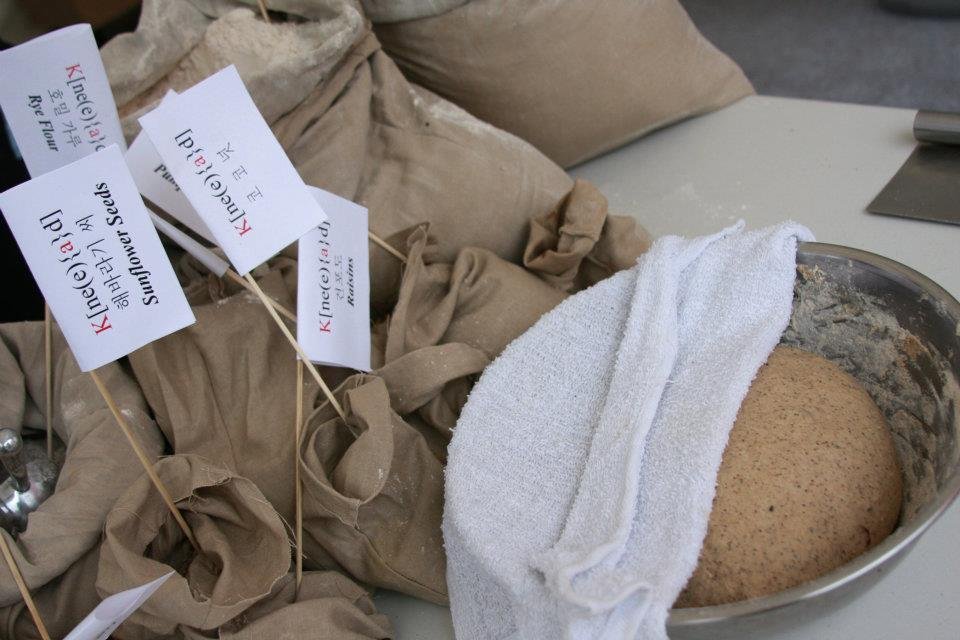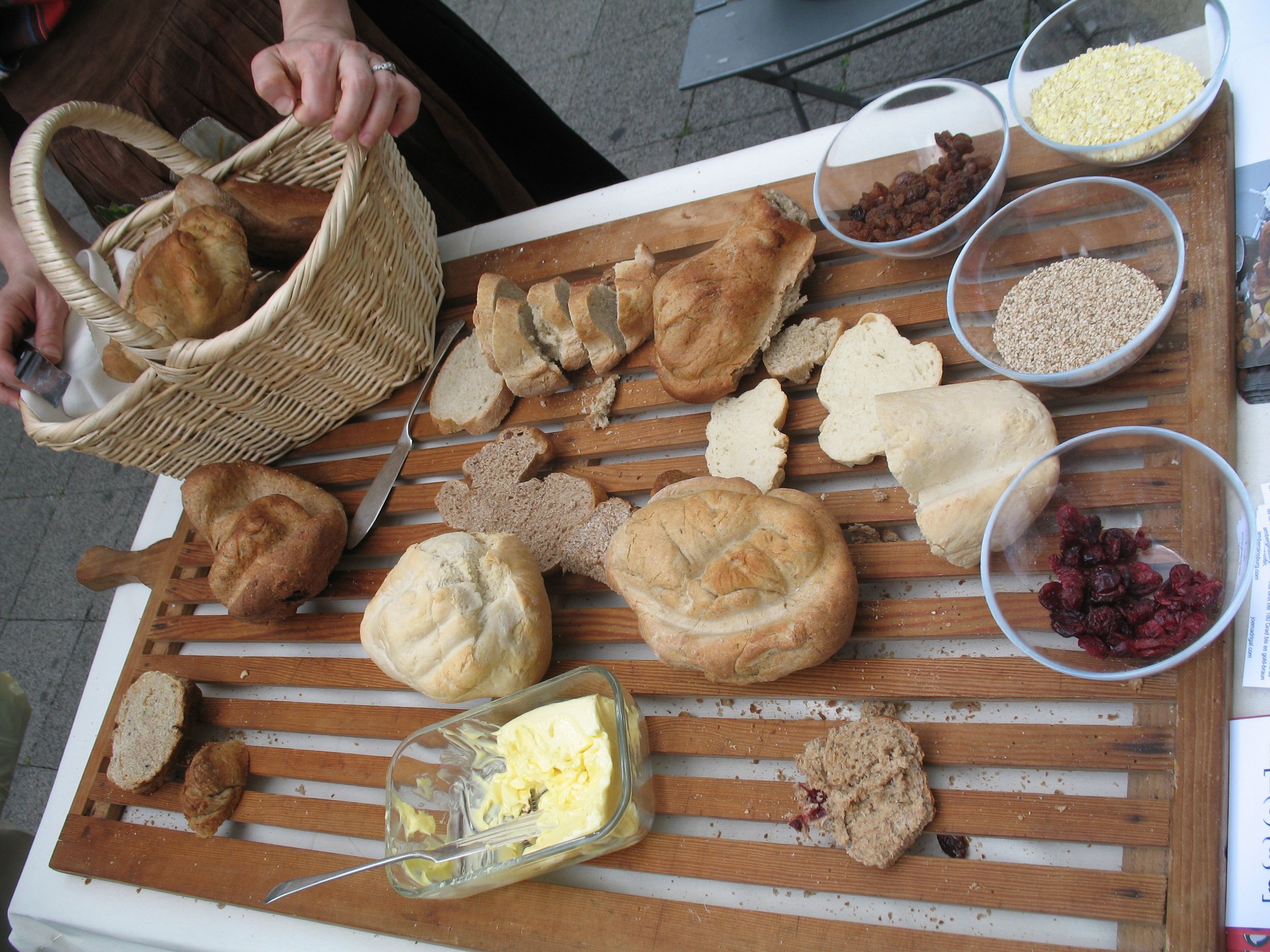K[ne(e){a}d]
with Joseph Madrigal
Our first collaboration, we became interested in the lineage of action from the technological advance of firing clay for cooking vessels to the present. K[ne(e){a}d] shines a light on this once radical moment of discovery that spurred a history of material interaction and performed action that has continued, unbroken, for tens of thousands of years.
Our interest in re-visualizing cooking history began with a meal. Every week, I baked bread for my family and host Friday night dinners. One night Joseph came over. As ceramic artists we share an interest in the long and powerful history of clay as a marker and artifact of human action. Over dinner we began to talk about the parallel history in the actions around cooking and the making of ceramic objects. One leaves its trace in cooking vessels and pottery shards, while the other passes knowledge from one generation to the next. Back in the studio, while making morning cups of tea, Joe said, “Let’s do a project around bread and clay.” This began the process of turning an interest into a project.
After an initial frenzy of making lists and mind maps, it seemed oddly obvious to make terra cotta molds of our hands, arms and shoulders, the active portions of the body involved in the making of both bread and clay. It was of primary importance that the molds reference early ceramic vessels. We made them without decoration and finished them with Terra Sigillata, the oldest pre-glaze finish. From the start, we considered the molds as newly minted artifacts.
But objects were not enough. We wanted to bring the conversation around the dinner table to the project and to bring the audience into the work. By baking bread and offering it to audiences, the barrier between the work and viewer is broken. Everyone becomes part the project. But again, this was not enough. While the space might be active and lively in the presence of a group eating and talking, we were interested in installation as a powerful visual experience. We wanted the work to be read, as well as experienced. We did not want an explanatory text, limiting the project, but a poetic link to the ideas embedded in the project. We chose the form of a nutrition label as our tool, replacing the well-known text format for a list of words we made when thinking about the project.
Artsonje Center — Seoul, Korea — 2012
Herndon Gallery, Antioch College — Yellow Springs, Ohio — 2012
World Ceramics Biennale — Gyeonggi, Korea — 2011
KunstTREFFpunkt-Brotzeit — Darmstadt, Germany — 2008
Society for Contemporary Craft — Pittsburgh, Pennsylvania — 2008
Transpace — Normal, Illinois — 2007















